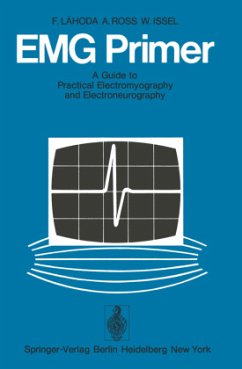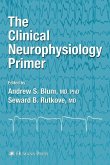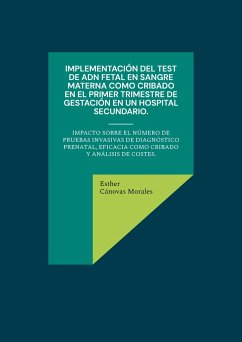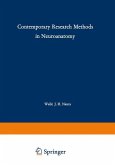In the last twenty years electromyography and electro neurography have earned a secure position amongst methods of electrophysiological investigation; indeed, it is no longer possible to think of neurological diagnosis with out them. In particular, it is in the early recognition of peri pheral neuromuscular disorders that these techniques are so dependable and objective. The present text may be thought of as an introduction to method and to diagnostic application, and it should be of value to the physician both in hospital and in his practice. The authors have thought it best to omit discussion of basic scientific problems, which may be found in the neurophysiological literature. Munich, Spring 1974 A. Schrader v Contents 1. 1 Anatomical Foundations . . . . . . . . . . . . . . . . . . . . . . . . . 1 1. 1. 1. The Motor Unit. . . . . . . . . . . . . . . . . . . . . . . 1 1. 1. 2. Structure of the Peripheral Nerve . . . . . . . 1 1. 1. 3. The Neuromuscular Junction . . . . . . . . . . . . . . . 1 1. 2 Electrophysiological Foundations . . . . . . . . . . . . . . . . . . 2 1. 2. 1. Origin of Muscle Action Potentials. . . . . . . . . . . . 2 1. 2. 2. Conduction in the Peripheral Nerve. . . . . . . . . . . . 3 1. 2. 2. 1. Stimulation: Basic Considerations. . . . . . . . . . . . . 3 1. 2. 2. 2. Form, Duration and Amplitude of Action Potentials. . . 4 a) Evoked Muscle Action Potentials . . . . . . . . . . . 4 b) Nerve and Sensory Action Potentials. . . . . . . . . 4 c) Reflex Potentials . . . . . . . . . . . . . . . . . . . . 5 2. 1. Technical Foundations . . . . . . . . . . . . . . . . . . . . . . . . . . 5 2. 1. 1. Structure and Function of the Machine. . . . . . . . . . 6 2. 1. 1. 1. The Structure of an Electromyograph. . . . . . . . . . 6 2. 1. 1. 2. The EMGAmplifier. . . . . . . . . . . . . . . . . . . . 7 2. 1. 1. 3. Supplementary Measuring Methods in Electrom- graphy . . . . . . . . . . . . . . . . . . . . . . . . . . . . .








